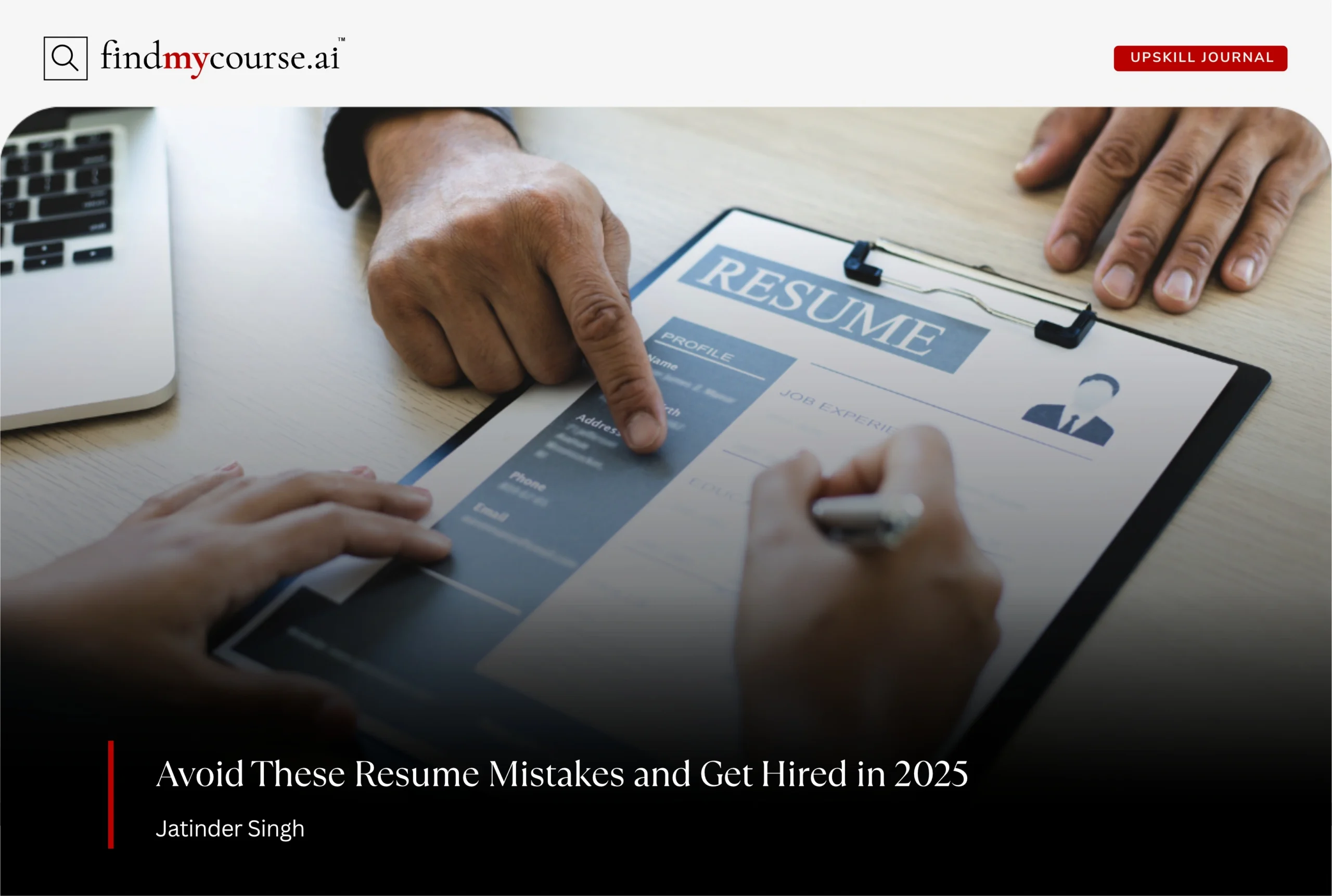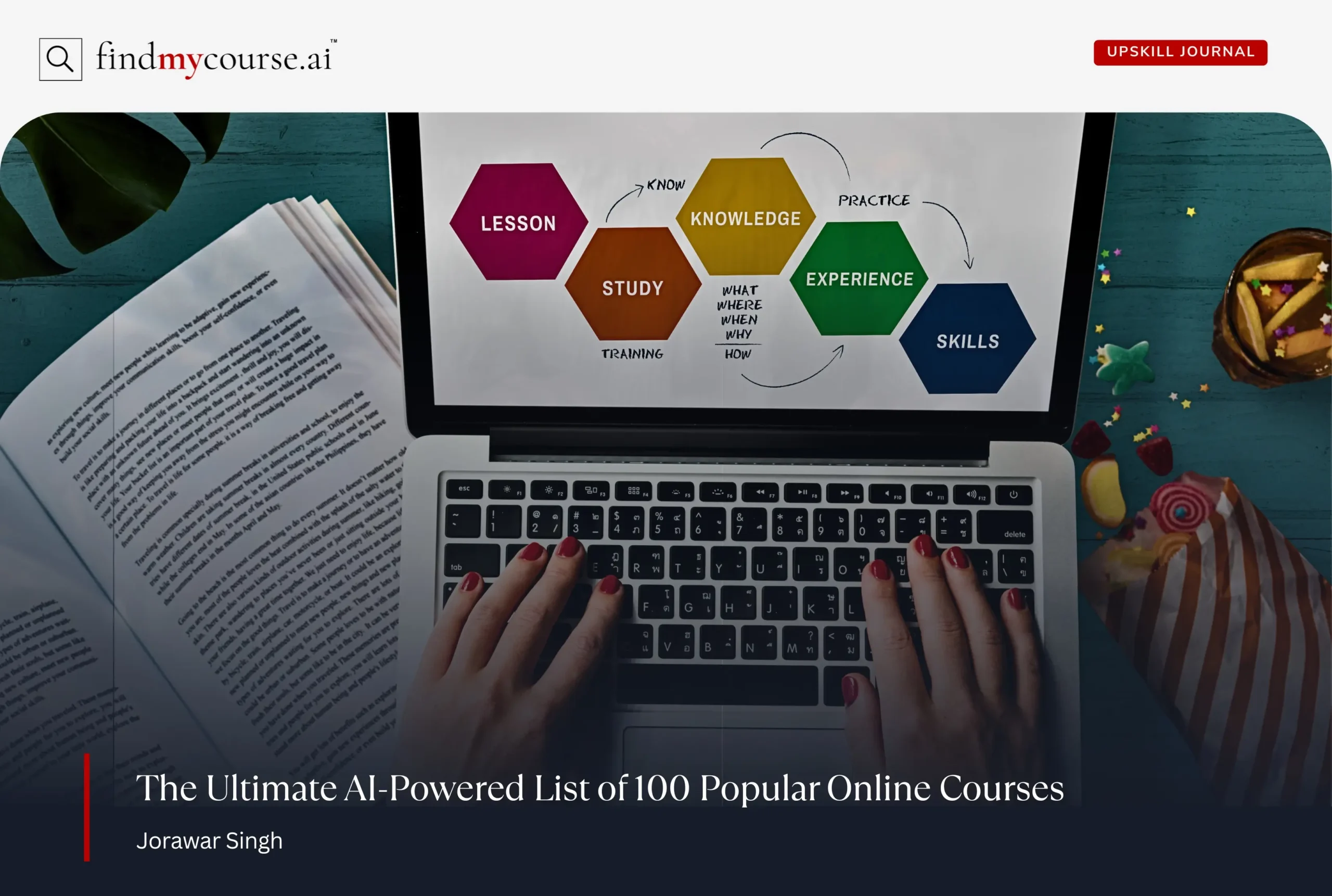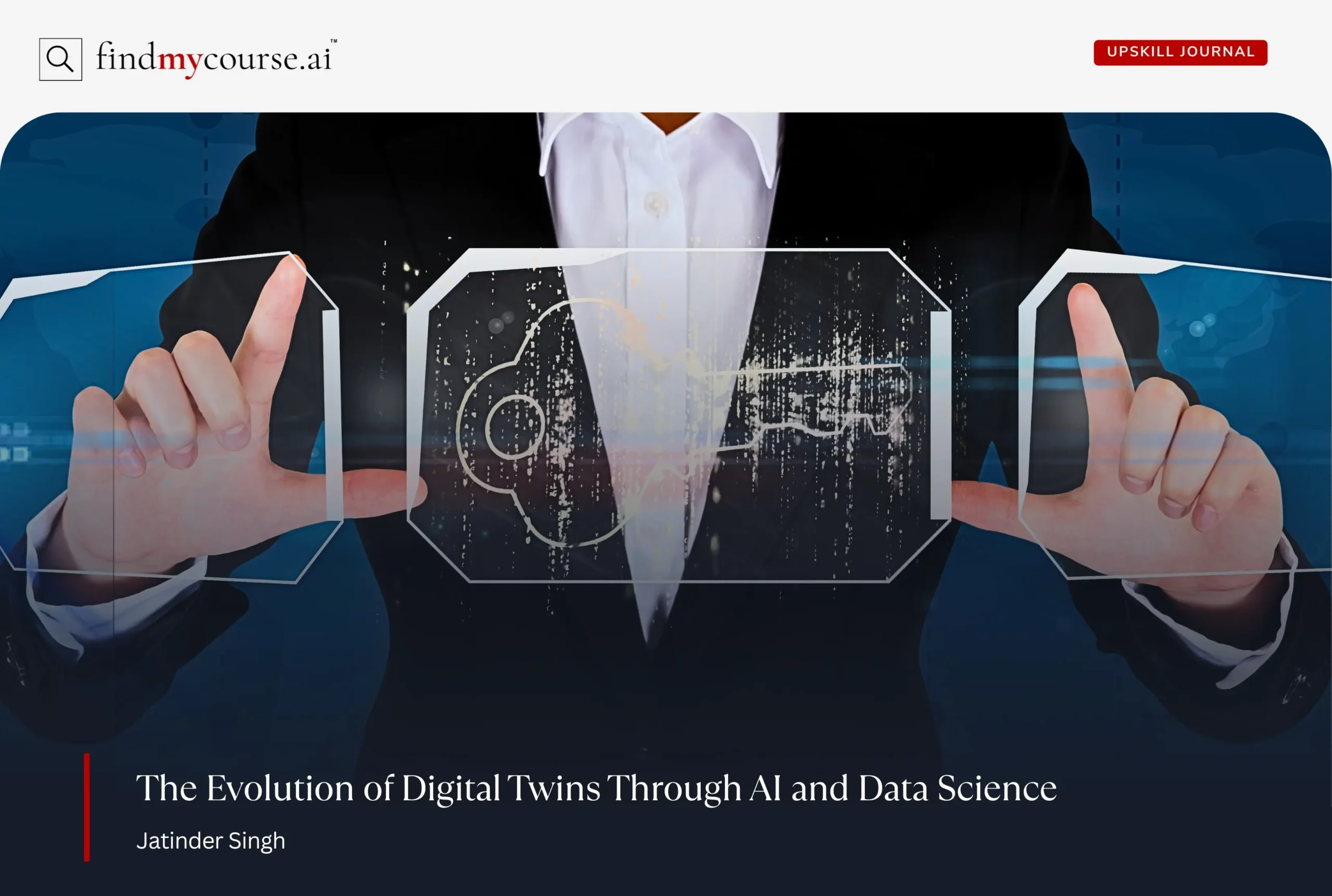In 2025, job markets are more competitive, automated, and fast-paced than ever. With AI-powered hiring tools and digital-first recruiters, your resume isn’t just a document—it’s a filter, a handshake, and a pitch all in one. Yet even highly qualified candidates make the same costly resume mistakes over and over again. And these mistakes quietly eliminate resumes before they’re ever seen by human eyes.
Whether you’re new to the workforce, switching careers, or learning for a promotion, avoiding these resume mistakes could be the edge that gets you hired.
The Most Common Resume Mistakes You Need to Avoid
Even the most qualified candidates make simple errors that can sabotage their chances—often without realizing it. These mistakes don’t just weaken your resume; they can stop it from ever being seen. Below are the top 10 resume mistakes to steer clear of in 2025—and how to fix them with confidence.
1. Not Optimizing for Applicant Tracking Systems (ATS)
It’s 2025—ATS is everywhere. These systems scan resumes for keywords, job titles, skills, and formatting before a recruiter ever looks at them.
What to avoid:
- Complex designs, tables, graphics
- Unusual fonts or multiple columns
- PDFs that aren’t ATS-friendly
What to do instead:
Use simple, clean formatting. Stick with standard headings like “Work Experience” or “Education.” Most importantly, include relevant keywords that match the job description—but do it naturally, without stuffing.
Pro tip: ATS software often uses natural language processing (NLP) to assess context and skill relevance. It’s not just looking for exact keywords, but how they’re used in context. So focus on impactful phrasing around key skills and accomplishments.
2. Using a Vague or Outdated Summary
The old “Looking for a challenging opportunity…” summary? It’s time to retire it. Instead, show them who you are and what you’ve accomplished. In 2–3 sentences, summarize your role, results, and what sets you apart.
Bad:
“Motivated team player seeking growth.”
Better:
“Customer success manager with 6+ years of experience driving retention and onboarding. Reduced churn by 30% in 2024 through proactive account support.”
3. Listing Duties Instead of Achievements
Too many resumes are just job descriptions in disguise.
Before:
“Managed a sales team.”
After:
“Led a 5-person sales team that exceeded Q4 targets by 20% in 2024.”
Add metrics, results, and outcomes wherever possible. Employers hire based on impact—not just tasks.
4. Overloading with Buzzwords and Jargon
Words like “synergize,” “go-getter,” and “thought leader” sound impressive but say little. Resume Mistakes like excessive jargon can confuse both recruiters and AI.
Instead:
- Use clear, concise language
- Highlight real results, not fluff
- Speak like a human, not a pitch deck
5. Sending the Same Resume to Every Job
A generic resume won’t cut it anymore. Recruiters—and AI tools—can tell when you didn’t tailor it.
What to do:
- Adjust your summary for each role
- Highlight the most relevant experience first
- Align your resume with the exact language and priorities of the job post
For example, a software engineer applying to a fintech startup should highlight financial industry experience, while one targeting a health tech company should lead with healthcare-related projects.
6. Using an Unprofessional Email or Missing Contact Info
You could be the perfect candidate, but if your contact details are outdated or missing—you’re out of the running.
Checklist:
- Use a professional email (e.g., firstname.lastname@gmail.com)
- Double-check your phone number
- Add your LinkedIn profile
- Never use your current work email
7. Writing in Paragraphs Instead of Bullet Points
Recruiters scan resumes in under 10 seconds.
Make their job easier with:
- Short, sharp bullet points
- Each point starting with a strong action verb (e.g., “Launched,” “Reduced,” “Designed”)
- 1–2 lines per bullet
8. Leaving Out Recent Education or Online Certifications
Hiring managers in 2025 expect continuous learning. Online credentials show you’re keeping your skills fresh.
Add a section like:
- Certificate in Data Analytics – edX, 2024
- UX/UI Design Bootcamp – General Assembly, 2023
Especially relevant for career changers or those in tech and design roles.
9. Including Irrelevant Experience or Hobbies
That high school job or your chess hobby? If it’s not relevant—cut it.
Trim or avoid:
- Experience older than 10–15 years (unless essential)
- Jobs that don’t support your target role
- Hobbies that don’t enhance your career narrative
However, in creative fields or UX/UI, a well-placed portfolio link or mention of personal design projects can enhance your resume.
10. Skipping the Final Proofread
You’ve done the work—don’t ruin it with a typo or inconsistency.
Check for:
- Spelling and grammar
- Font and format consistency
- Date alignment
- Consistent punctuation (either all bullets end with periods, or none)
Read it out loud or have someone else review it. Resume mistakes are easier to catch with fresh eyes.
How to Tailor Your Resume for Different Industries
While many of the above tips apply across industries, resume strategies should vary by field. Here’s how:
- Design roles: Include links to a portfolio and focus on visual clarity and creativity (but still ATS-compliant).
- Tech roles: Highlight relevant programming languages, tools, and frameworks. Show open-source or GitHub contributions.
- Academic/Research roles: Include publications, research experience, and CV-style formatting as needed.
- Executive roles: Focus on leadership impact, financial outcomes, and strategic decision-making.
A one-size-fits-all resume won’t stand out. Avoid resume mistakes by speaking the language of your industry—both visually and verbally. Try How to Write a Resume course on Coursera that offers practical templates and advice for tailoring resumes across sectors—from tech to creative.
What About Cover Letters and Portfolios?
While resume mistakes can easily cost you the job, your application package still matters—especially in 2025.
- Cover letters are still valued by hiring managers and AI tools when they’re customized and concise.
- Portfolios are essential for creative, marketing, tech, UX/UI, and writing roles.
- Some ATS now allow or even require external links—so include them clearly and cleanly (e.g., LinkedIn, GitHub, Behance, portfolio site).
Think of your resume as the hook—and your cover letter or portfolio as the reel that pulls them in.
Final Resume Checklist: What to Review before You Send
Before you hit “submit,” take a few minutes to run through this quick checklist to avoid resume mistakes. It could be the difference between landing the interview—or being overlooked.
- No typos or formatting errors
- Contact info is up to date (email, phone, LinkedIn)
- Summary is tailored to the job
- Keywords match the job description naturally
- Saved in the right format (PDF unless stated otherwise)
- Relevant industry nuances are incorporated
- Portfolio and/or cover letter included when appropriate
The Bottom Line
Ultimately, your resume has one job: to get you in the door. In 2025, that means more than listing your experience—it means aligning with AI filters, hiring trends, and industry expectations.
Avoiding common resume mistakes and tailoring it to both machines and humans gives you a real edge. When every line has purpose and clarity, your resume rises to the top.
Need help? Our AI Assistant is just a message away—ready to help you fine-tune, optimize, and stand out.


